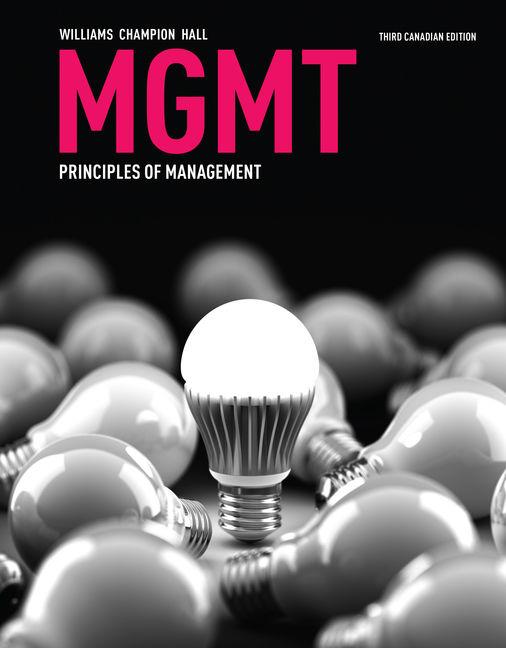1. Compare functional and product departmentalization structures for Eli Lilly as they attempt to introduce 20 new...
Question:
1. Compare functional and product departmentalization structures for Eli Lilly as they attempt to introduce 20 new drugs to market by 2023.
2. Eli Lilly has acknowledged that in order to introduce 20 new treatments by 2023, they need to encourage faster, less expensive innovation. How can re-engineering help them achieve this goal?
3. Could Eli Lilly become a modular organization?
Patents work by temporarily granting monopolies to innovators. For drug manufacturers, inventing, developing, testing, and bringing new drugs to market is incredibly expensive. Some estimates put the total cost of new development at $2.6 billion. Most drugs that are ”invented” cost hundreds of millions, even billions in research and development, only to fail in clinical trials and never successfully make it to market, representing an enormous financial loss for the manufacturer.
Patents offer necessary protection to drug manufacturers that use the patent protection to charge a higher price for the drug in order to recoup the costs associated with research and development. Not only does the manufacturer have to cover the cost of developing the drug in question, but all of the failed drugs that came before it. It is the promise of protection that promotes innovation for drug manufacturers, and without such protection no company would ever accept the enormous financial cost of research and development.
Losing a patent’s protection is such a critical event that drug manufacturers call the end of patent protection the patent cliff, because profits fall so drastically once competitors are able to replicate and sell the same drug under a generic brand name. Eli Lilly is no stranger to the patent cliff: In 2011, their patent on Zyprexa, a schizophrenia drug that generated $5 billion a year in revenue ended; in 2014 Cymbalta, worth $4 billion per year, and Evista, worth $1.3 billion lost their protection, and sales fell by 58 percent and 74 percent, respectively.
Step by Step Answer:

MGMT Principles Of Management
ISBN: 9780176823283
3rd Canadian Edition
Authors: Chuck Williams, Terri Champion, Ike Hall





